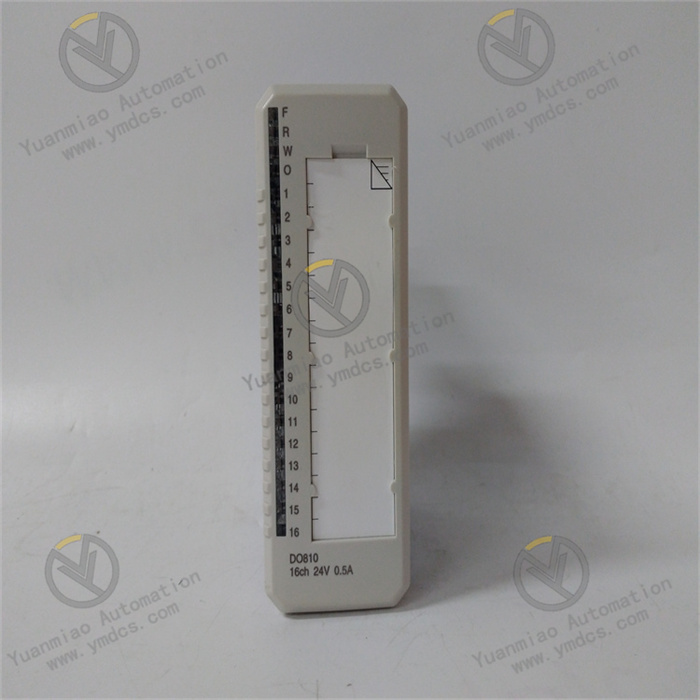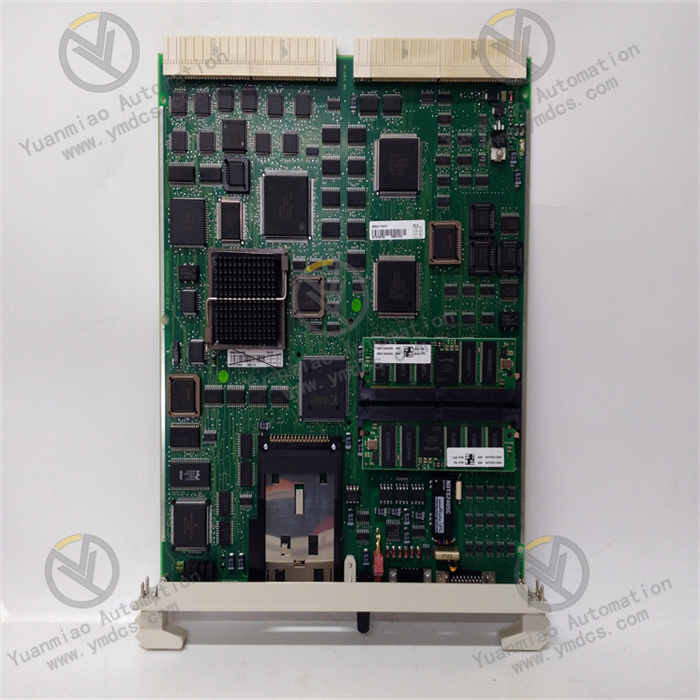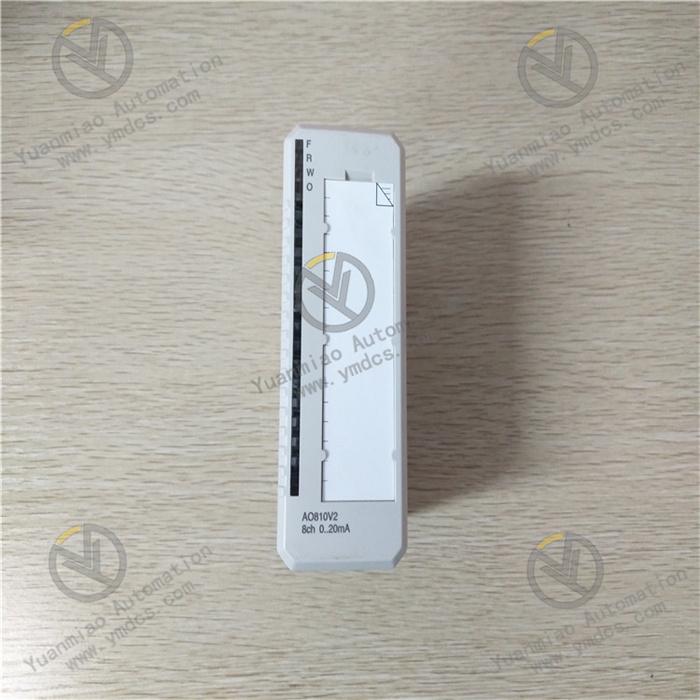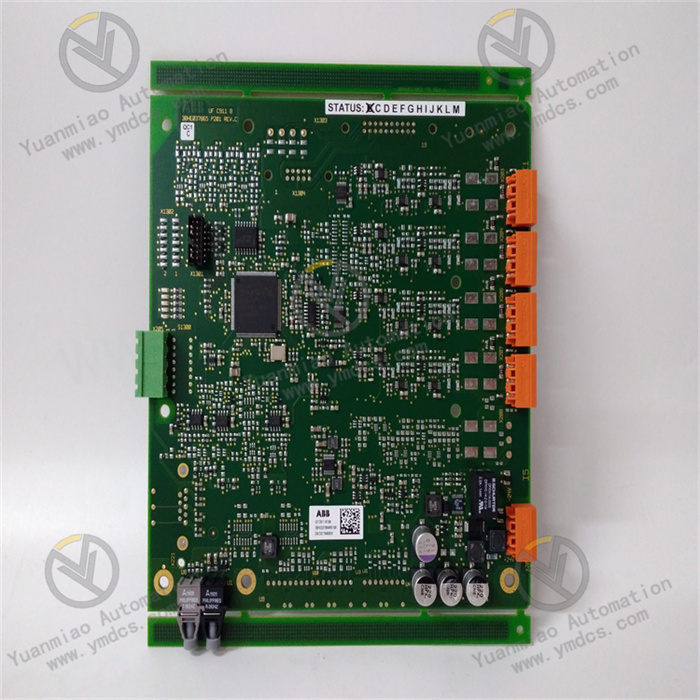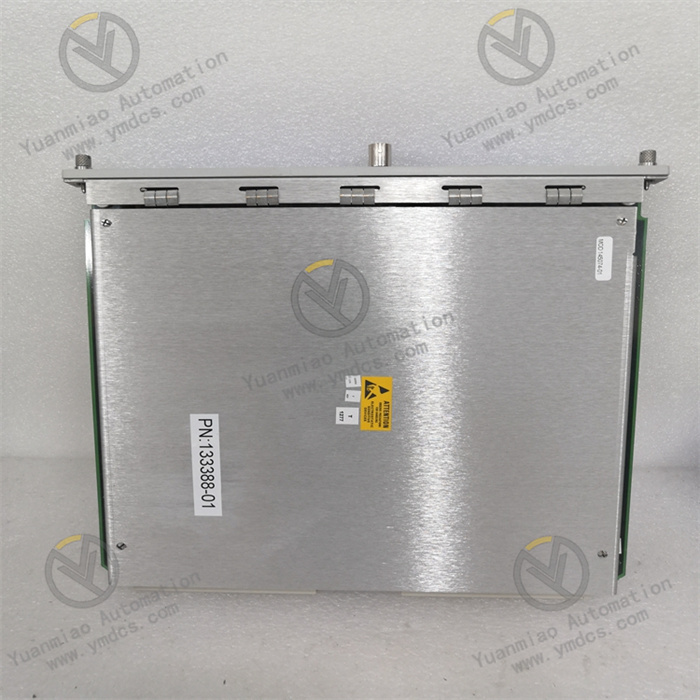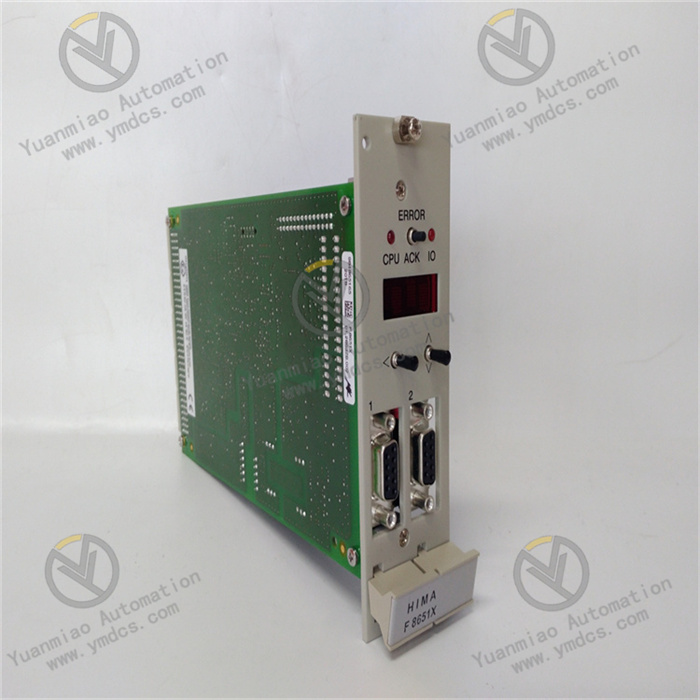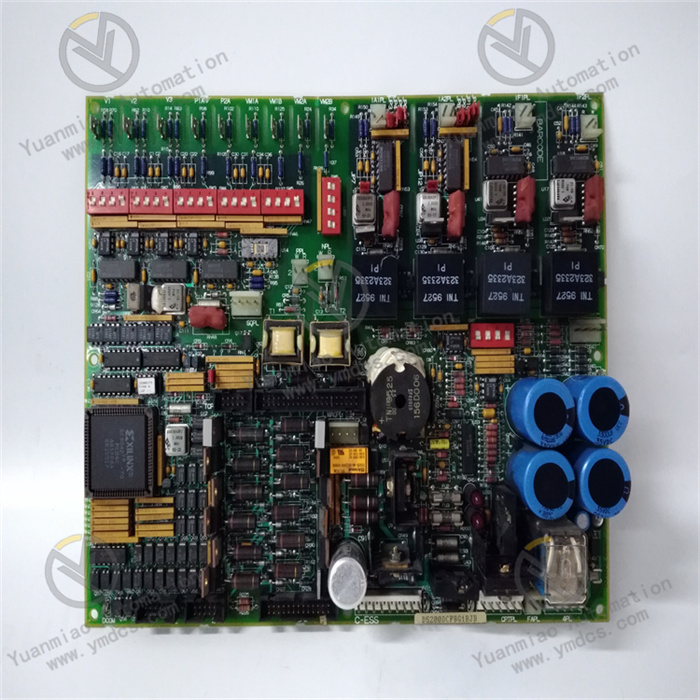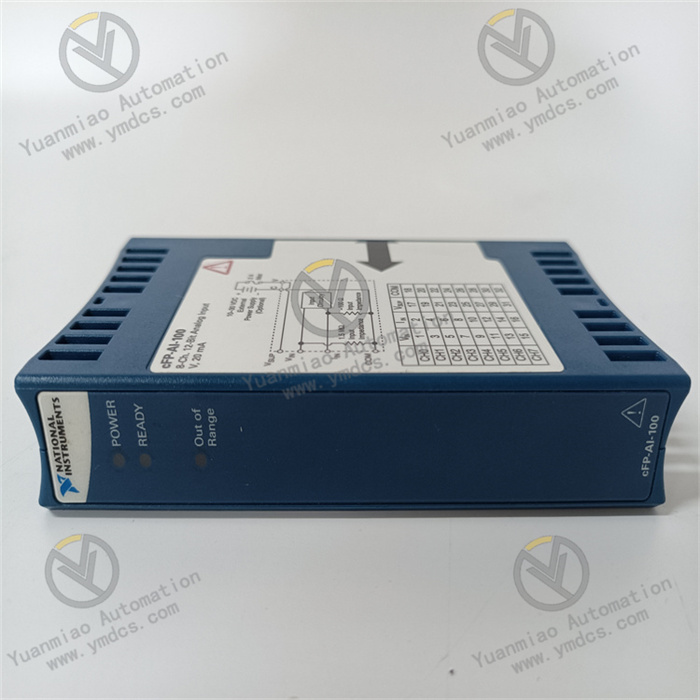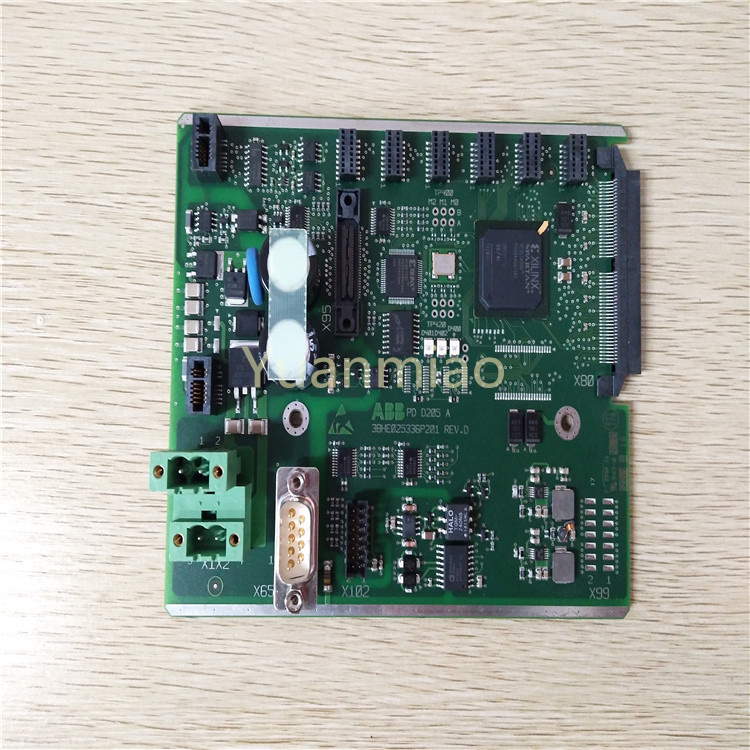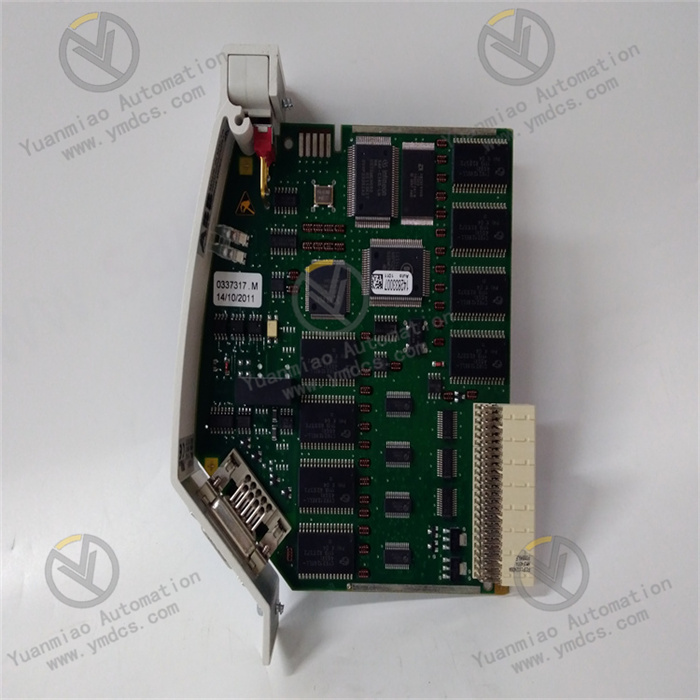Description
Functional Features 1. High reliability: Adopting advanced design and manufacturing processes, it has high reliability, can operate stably in harsh industrial environments, reduce the probability of failures, and lower maintenance costs. 2. Precise measurement and control: It can precisely measure and control relevant physical quantities, provide accurate data support for industrial processes, and ensure the stability of the production process and the consistency of product quality. 3. Flexible communication interfaces: Equipped with various communication interfaces, it supports multiple communication protocols, such as Profibus, Modbus, etc., making it convenient to integrate with other devices or systems and interact data, and achieving overall automated control of the system. 4. Rich diagnostic functions: It has powerful self-diagnostic functions, can monitor its own operating status in real time. When an abnormality occurs, it can quickly locate the fault point and output fault information through indicator lights or communication interfaces, facilitating maintenance personnel to carry out repairs in a timely manner.
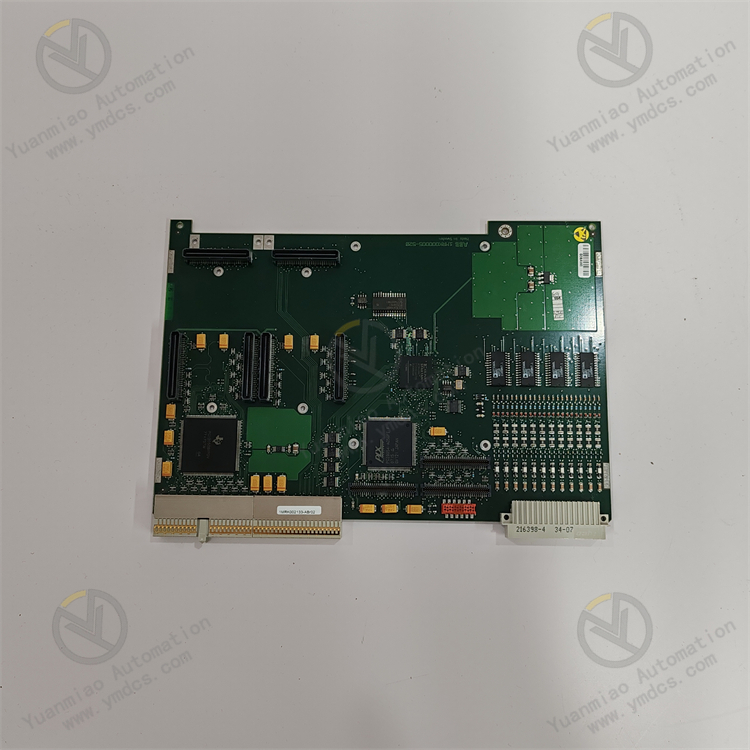
Technical Parameters 1. Operating voltage: Usually 24V DC, allowing a certain voltage fluctuation range, such as ±10%, to adapt to different power supply conditions. 2. Measurement accuracy: For example, for current measurement, the accuracy can reach ±0.5%; for voltage measurement, the accuracy can reach ±0.2%, and the specific accuracy indicators vary according to different measurement parameters. 3. Communication rate: If it supports Profibus communication, the communication rate can be flexibly configured between 9.6Kbps and 12Mbps; if it is Modbus communication, common rates include 9600bps, 19200bps, etc. 4. Protection level: Generally reaching the protection level of IP54 or higher, it can effectively prevent the intrusion of dust and water and adapt to different industrial field environments. Application Areas 1. Industrial automation: In various industrial production lines, such as automotive manufacturing, electronic device manufacturing, etc., it is used to monitor and control various parameters in the production process, achieving automated production and quality control. 2. Power systems: It can be applied to places such as substations and switchgear rooms, measure and monitor parameters such as voltage, current, and power in the power system, and ensure the safe and stable operation of the power system. 3. Process control industries: In process control fields such as chemical, petroleum, and pharmaceutical industries, it is used to precisely measure and control process parameters such as temperature, pressure, and flow, ensuring the safety of the production process and product quality.
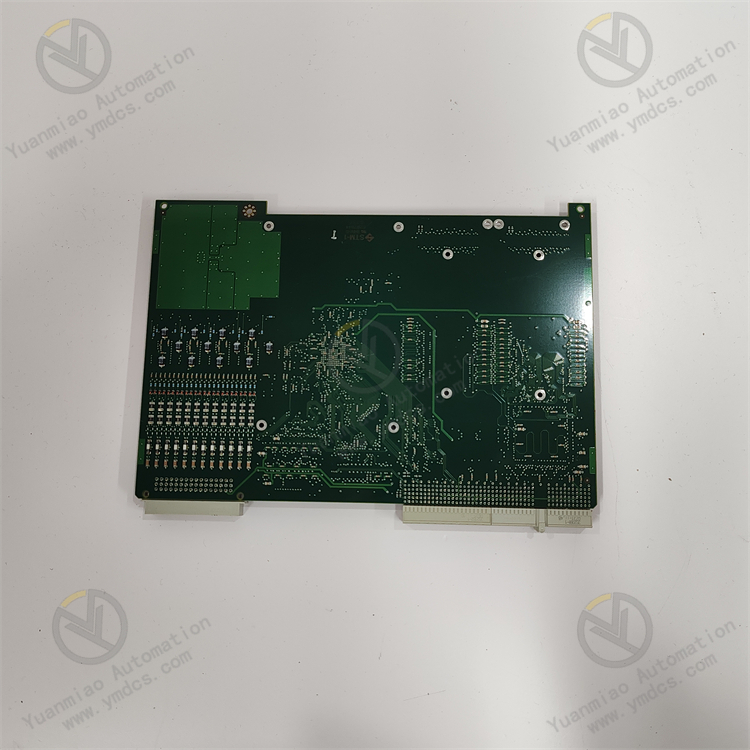
Common Faults and Solutions 1. Communication faults Reasons: Damaged communication cables, loose communication interfaces, incorrect communication protocol settings, module failures, etc. Solutions: Check whether the communication cables are damaged or open-circuited, and replace the cables if there are any problems; ensure that the communication interfaces are firmly connected, and re-plug the interfaces; check the communication protocol settings to ensure consistency with the connected devices; use professional tools to diagnose the module, and replace the module if it fails. 2. Large measurement errors Reasons: Sensor failures, incorrect wiring, external interference, module calibration problems, etc. Solutions: Check whether the sensors are working properly, and replace the sensors for comparison tests; check whether the wiring is correct, and see if there are any loose or short-circuit phenomena; check whether there are strong electromagnetic interference sources around, and take shielding or distancing measures; calibrate the module, operate according to the steps in the instruction manual, or contact professional personnel for calibration. 3. Module overheating Reasons: Poor heat dissipation, excessive load, too high ambient temperature, internal component failures, etc. Solutions: Check whether the installation position of the module has good ventilation, and ensure that there are no obstacles blocking heat dissipation; check whether the load connected to the module is within the rated range, and consider adding auxiliary devices to share the load if the load is too large; improve the installation environment and reduce the ambient temperature; use professional instruments to detect the internal components of the module, and replace the damaged components if there are any.


